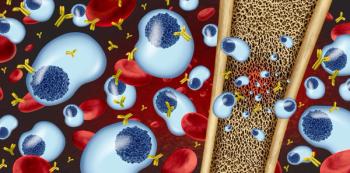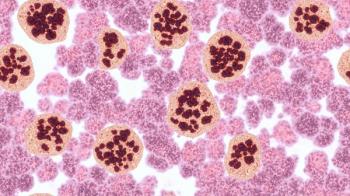
New Guidelines for Cost-Effective Healthcare Analysis Created
New recommendations seek to improve cost-effective care analysis.
The Second Panel on Cost-Effectiveness in Health and Medicine has created new recommendations to improve the quality of healthcare cost-effectiveness analyses.
"Cost-effectiveness analysis can help inform decisions about how to apply new or existing tests, therapies, and preventive and public health interventions so that they represent a judicious use of resources,” the researchers wrote. “It also can help to fill gaps in the evidence about the estimated population-level public health effect of such interventions, and can support decisions to disinvest in older interventions for which there are more cost-effective alternatives.”
Major changes were made, such as a recommendation to include reference case perspectives and supply an impact inventory to determine consequences, according to an article published by JAMA. The panel, first convened in 1993, includes scientists and scholars with various areas of expertise that review the state of cost-effective analyses and create recommendations for its use in healthcare.
The overall goal of the panel is to improve the quality of cost-effectiveness analyses and increase comparability. In the 1996 version of the recommendations, the panel emphasized that cost-effectiveness analyses were an opportunity to rationalize health policy, as long as the technique and application was understood and implemented, according to the study.
Since then, numerous researchers have further advanced the cost-effectiveness analysis. Policy makers have also varied the use of the information. Analytics have been playing an increasingly important role in efficient healthcare delivery recently.
Some payers are implementing
“The goal of the Second Panel was to promote the continued evolution of cost-effectiveness analysis and its use to support judicious, efficient, and fair decisions regarding the use of health care resources,” the authors wrote.
Recommendations include:
- Providing a reference case and standard methodological practices that can be repeated by other cost-effectiveness analyses.
- Reference case analyses should include a healthcare sector perspective and another should present a societal perspective.
- Impact inventory should be used to clarify the scope of the 2 reference cases.
By drafting new recommendations, analyses can demonstrate increased repeatability and be compared more readily to other cost-effective analyses.
“Cost-effectiveness analysis provides a framework for comparing the relative value of different interventions, along with information that can help decision makers sort through alternatives and decide which ones best serve their programmatic and financial needs,” the researchers concluded.
Newsletter
Stay informed on drug updates, treatment guidelines, and pharmacy practice trends—subscribe to Pharmacy Times for weekly clinical insights.




















































































































































































































